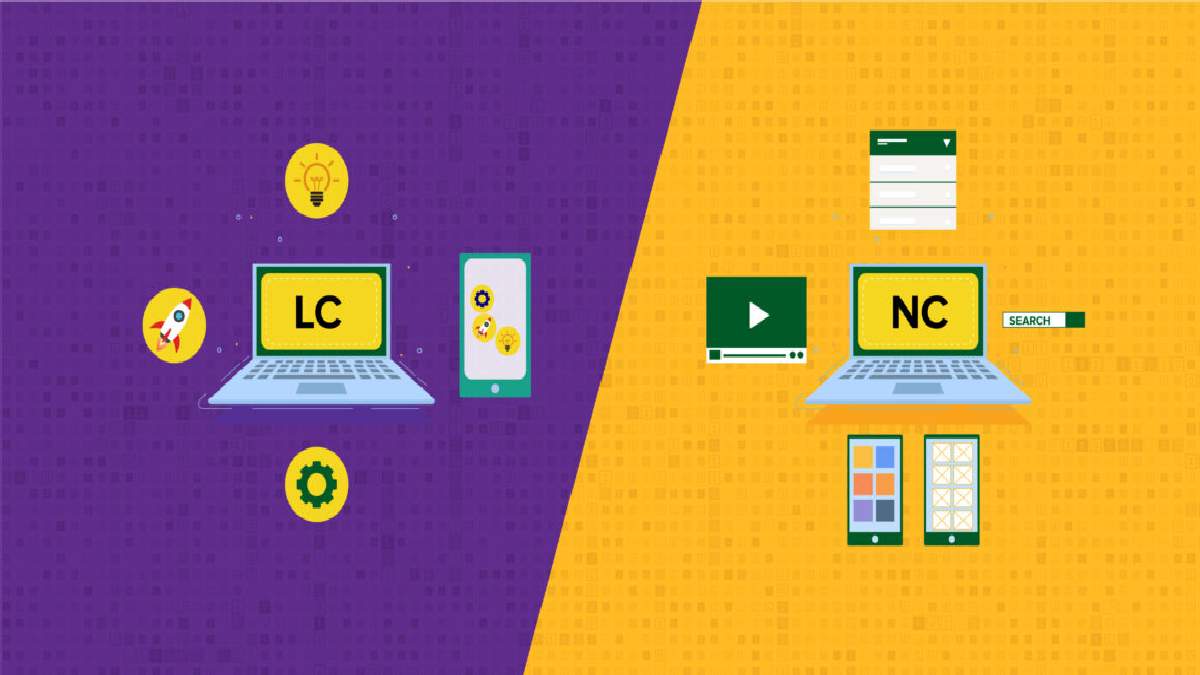No-code Platforms— What Are They And What You Should Know
No Code is on everyone’s lips. We show what advantages software development with no-code platforms offers. With No Code, even users without programming knowledge can develop software.
No Code simplifies the programming of applications by using prefabricated building blocks via a graphical user interface. The advantages: Programming can be implemented by non-technical staff; in most cases, the use of building blocks results in time, resource and cost savings.
The flexibility of applications in adapting to changing business processes increases and the building blocks used to offer more security than individually programmed software.
No Code – Definition
The topic of No Code is centrally concerned with the question of how software development can be implemented. No-code platforms offer development environments that claim to get by without code, i.e. without the use of programming languages. The idea is to focus on the user and his or her needs for intuitive access.
Programmers are therefore provided with a graphical user interface with drag-and-drop functions via no-code platforms, which is based on the actual development language and offers easily understandable building blocks for important steps. This makes it easy to visualise the development process and the logic to be implemented, instead of programming it via source code with special commands.

No Code vs Low Code
The distinction between no-code and low-code platforms, which require a certain amount of programming, is fluid and depends on the functionality of the platform. No-code and low-code platforms differ as follows:
- Low-code platforms are aimed at developers, no-code platforms at end-users;
- No-code functions in a model-driven and plug-and-play manner – low-code is more dependent on manual programming work when it comes to the application architecture;
- No-code platforms tend to have a rigid user interface – low-code offers more flexibility by being able to add manually written code;
No-code platforms – advantages
The advantage: No-code development environments make it possible, especially for employees who have no connection to technology but have the in-depth technical know-how, to create their own applications or programme sequences without having to struggle with Java, Python, JavaScript, C, C++, PHP or Ruby, for example. Instead, users usually use standardised building blocks that can be assembled via the graphical user interface with the help of simple menu navigation.
Software that works on the basis of no code offers the advantage that the usually scarce resources of IT departments and programmers can be easily expanded by employees from specialised departments. Prefabricated modules also make it easier and faster to programme processes, and once modules have been secured, they are generally more secure in use than source code that has to be reprogrammed by hand. Changes at short notice are also possible without any programming effort in the sense of agile management.
This results in advantages in terms of time, resources, security and costs – however, individual adaptations and complex tasks that are not covered by the building blocks can also only be implemented here through direct programming based on the underlying programming language.
No-code platforms – tool providers
There are now many examples of no-code platforms. Employees in accounting and finance, in marketing and sales or in the HR department can use such platforms to automate their daily tasks, for example by converting their Excel sheets into interactive apps or by compiling daily routines. In the meantime, there is a whole range of providers that offer no-code platforms for different needs in the corporate context:
- Open as App and Zudy, for example, make it easy to create apps from existing ;
- Kissflow offers solutions for project and process management;
- AppSheet supports the automation of geo-positioning in combination with the capture of images, barcodes and notifications;
- Caspio offers the creation of online database applications;
- Lobster_data enables cloud-based flexible integration of data from different sources into various target systems;
- AppGyver, which belongs to SAP, can be used to create mobile applications and web apps;
- Akioma provides a platform for creating apps for different business processes.